
Scientists Catch Grumpy Cat of the Himalayas on Camera for the First Time
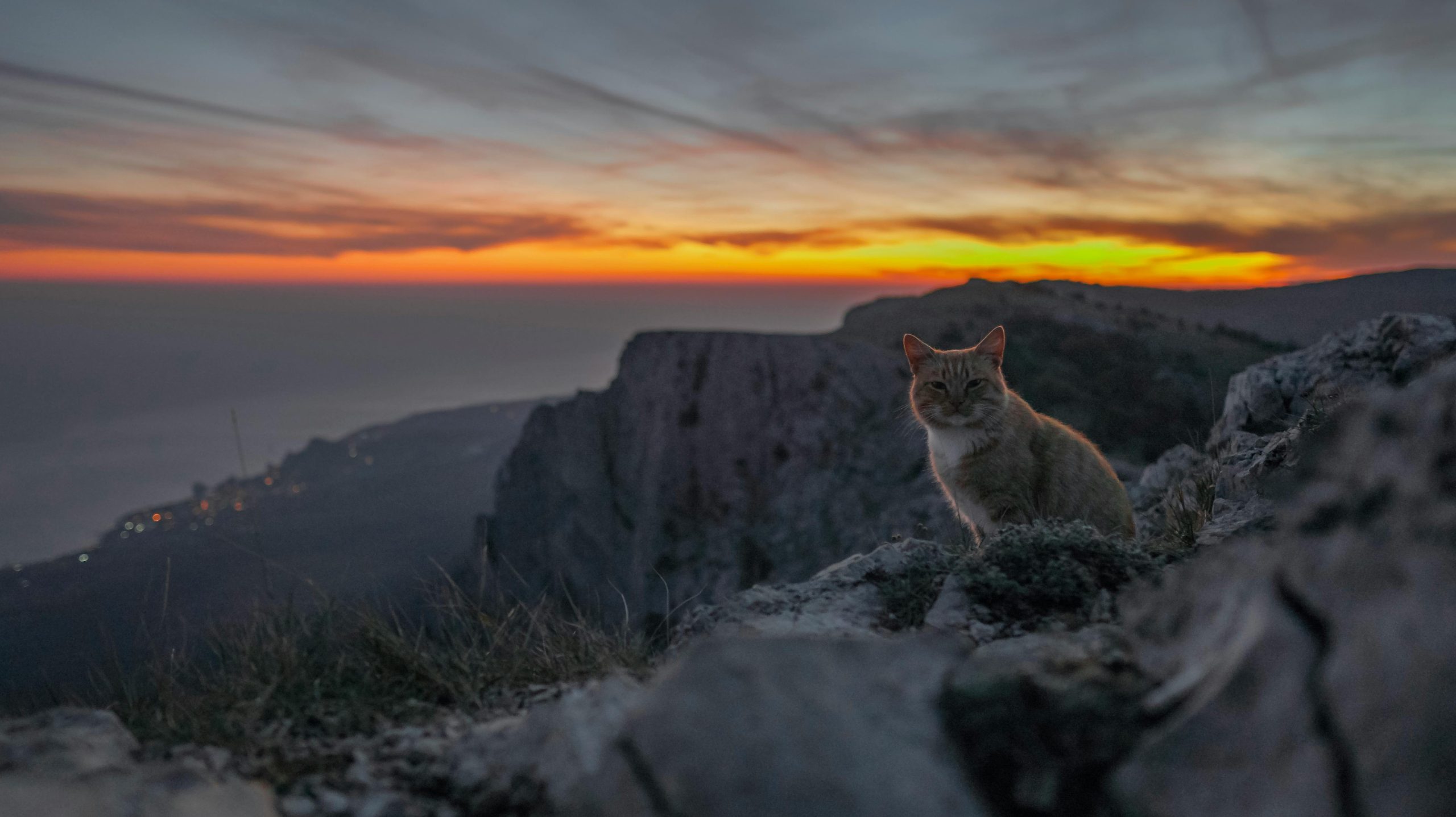
The Grumpy Cat of the Himalayas: A Hidden Guardian Revealed
High in the rarefied air of the eastern Himalayas, where clouds cling to jagged peaks and the wind roars across barren ridges, a motion-activated camera blinked to life—and captured history. At nearly 16,400 feet above sea level, the icy wilderness of Arunachal Pradesh revealed one of its most secretive inhabitants: the Pallas’s cat, affectionately known as the “grumpy cat of the mountains.”
Round-faced, thick-furred, and wearing a permanently unimpressed expression, this elusive feline has long been a phantom of Asia’s high-altitude deserts. For decades, many experts doubted it could even survive in India’s eastern Himalayas. Yet science, patience, and a touch of luck proved otherwise. What began as a routine wildlife survey ended with a discovery that reshaped our understanding of one of the world’s most formidable ecosystems.
A Discovery in the Clouds
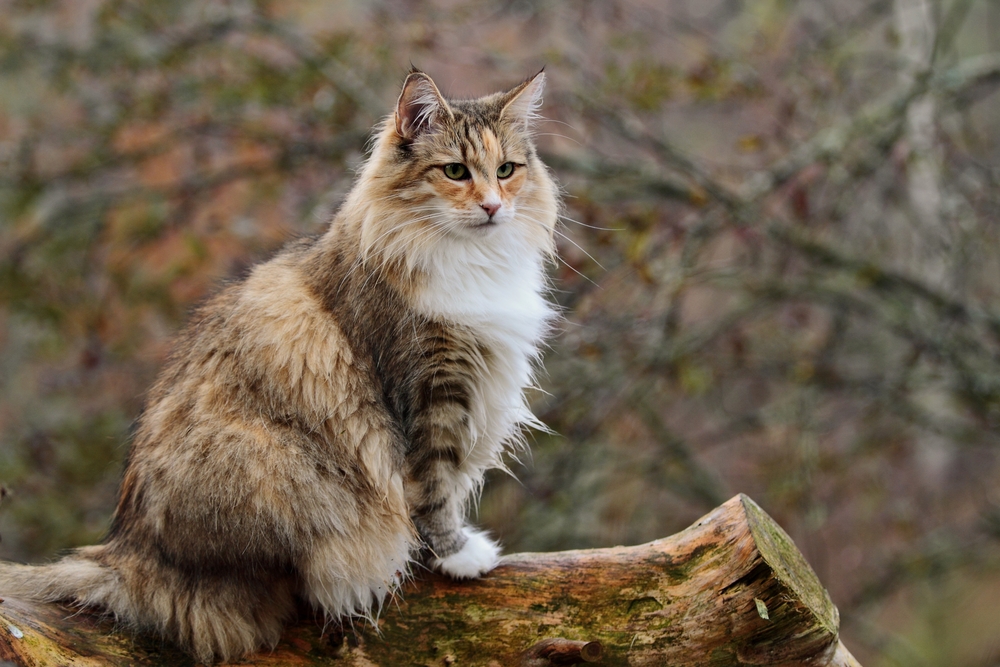
This was no accidental snapshot. Between July and September 2024, researchers from WWF-India, working with the Arunachal Pradesh Forest Department, launched one of the most ambitious high-altitude wildlife surveys ever attempted. Braving bitter winds and oxygen-thin air, they installed 136 camera traps across 83 remote sites in the Tawang and West Kameng districts.
For months, these silent sentinels watched a world few humans ever glimpse. When the data was finally retrieved, one image stood out—a small, round face framed by frost, gazing back at the lens. The Pallas’s cat, once believed confined to the steppes of Central Asia and Mongolia, was alive and thriving in India’s high mountains. And, astonishingly, it wasn’t alone.
The Ancient Cat That Outlasted Time
To appreciate why this matters, one must first know the animal itself. Otocolobus manul—the Pallas’s cat—is a survivor from another age. It diverged from the leopard lineage roughly 5.2 million years ago, making it one of the planet’s oldest living wildcats. When early humans first tamed fire, the ancestors of this cat already prowled the frost-bitten plains of Asia.
Everything about it speaks to adaptation: its flattened face minimizes heat loss, its short legs conserve energy, and its plush silvery fur blends perfectly with stone and snow. Even its behavior is a study in survival. To avoid freezing ground, the Pallas’s cat rests on its own tail—an evolutionary trick both comical and ingenious.
But this feline’s personality, at least as humans perceive it, may be its most endearing trait. Its fixed scowl, a product of bone structure rather than emotion, has turned it into an internet icon. Yet behind that expression lies a master of patience—a creature evolved to thrive where others perish.
A Mountain Full of Predators
The discovery of the Pallas’s cat was only part of the revelation. Those same cameras recorded six species of wildcats in total—a record for India. Snow leopards, clouded leopards, common leopards, marbled cats, leopard cats, and now Pallas’s cat all shared this seemingly inhospitable terrain.
More surprising still were their altitudes. A common leopard was filmed at 15,090 feet, a clouded leopard at 15,255, and a marbled cat at 14,190—each shattering previous national records. Even a Himalayan wood owl and a grey-headed flying squirrel were spotted at heights few thought possible. These weren’t random wanderers; they represented an entire community quietly pushing the upper limits of life itself.
In one extraordinary sequence, cameras captured a snow leopard and a common leopard scent-marking the same rock—a silent territorial negotiation almost never observed in the wild. Such coexistence challenges the old assumption that apex predators must compete fiercely. Instead, the Himalayas appear to have evolved an equilibrium, a delicate ecological democracy where survival depends on subtle harmony rather than dominance.
People, Mountains, and Shared Survival

Behind every scientific triumph stands human dedication. The survey formed part of WWF-India’s “Reviving Trans-Himalayan Rangelands” project, funded through the UK’s Darwin Initiative—a partnership of modern science and traditional wisdom. Local Brokpa herders guided researchers through treacherous passes, hauling equipment on yak-back and sharing ancestral knowledge of the terrain.
For centuries, the Brokpa have lived in these valleys, tending yaks and sheep along the same routes now known to harbor rare cats. Their familiarity with snow patterns, grazing grounds, and the signs of hidden wildlife made the expedition possible. As WWF project officer Taku Sai remarked, “This discovery shows what’s possible when local communities and science walk the same path.”
The camera traps, incidentally, didn’t just capture animals—they also recorded herders and their flocks. These images, humble yet profound, show coexistence in motion: people and wildlife sharing the same frozen landscape without conflict. In a world often divided between “human” and “natural” spaces, the Himalayas quietly remind us that balance, not separation, sustains life.
The Fragile Strength of the “Third Pole”
The eastern Himalayas are sometimes called Earth’s “third pole” because their glaciers feed the rivers that sustain more than a billion people downstream. Yet they are among the planet’s most vulnerable ecosystems. Melting glaciers, shifting vegetation zones, and rising temperatures are forcing species to climb higher in search of stability. Each new altitude record is both thrilling and ominous—proof of adaptability, but also evidence of climate stress.
Still, resilience endures. Beneath the snow lie hidden webs of life: pika colonies tunneling through frost, mountain weasels darting after unseen prey, and the quiet heartbeat of ecosystems that have endured for millennia. The very presence of the Pallas’s cat at such altitude is a testament to the strength of these ancient ecological networks.
Lessons from the Grumpy Cat
For scientists, the photograph of the Pallas’s cat is more than evidence—it’s an emblem of hope. It validates years of difficult work and reminds us that nature still holds surprises even in the age of satellites and drones. For Himalayan communities, it reinforces a deep truth: that their land is not just home, but heritage—a living archive of stories, species, and traditions that have persisted side by side.
In a world where extinction dominates the news, this cat’s reemergence offers something rare: a story of rediscovery. Its scowling face, half-hidden by mist, reflects a lesson humanity too often forgets—that the wilderness is not empty, but patient.
The Pallas’s cat teaches humility, for it reminds us how much remains unseen. It teaches respect, because its survival depends on balance we can easily destroy. And it teaches persistence, because sometimes the greatest scientific breakthroughs come not from grand laboratories, but from small, blinking cameras waiting quietly in the cold.
When WWF-India’s cameras flashed in that frozen moment, they didn’t just photograph an animal—they captured a message. Even in the most remote corners of the Earth, life endures, adapts, and occasionally stares back at us with unamused eyes, as if to say: you’re only just beginning to notice.
And perhaps that’s the truest discovery of all—not that something new was found, but that we finally learned to look closely enough to see what had been there all along.
News in the same category


Choose a Potion

The Meaning Behind the WC Toilet Sign

Trump Claims Tariffs Ended Six Wars: The Politics Behind His Latest Foreign Policy Assertion

Most people will go their entire lives without ever knowing what the microwave ring cover is actually for

The reason behind children not visiting their parents

Backlash Grows After Trump’s Dismissive Comment to Female Journalist

Scientists Just Won a Nobel Prize for Discovering How to Stop Your Immune System from Attacking You
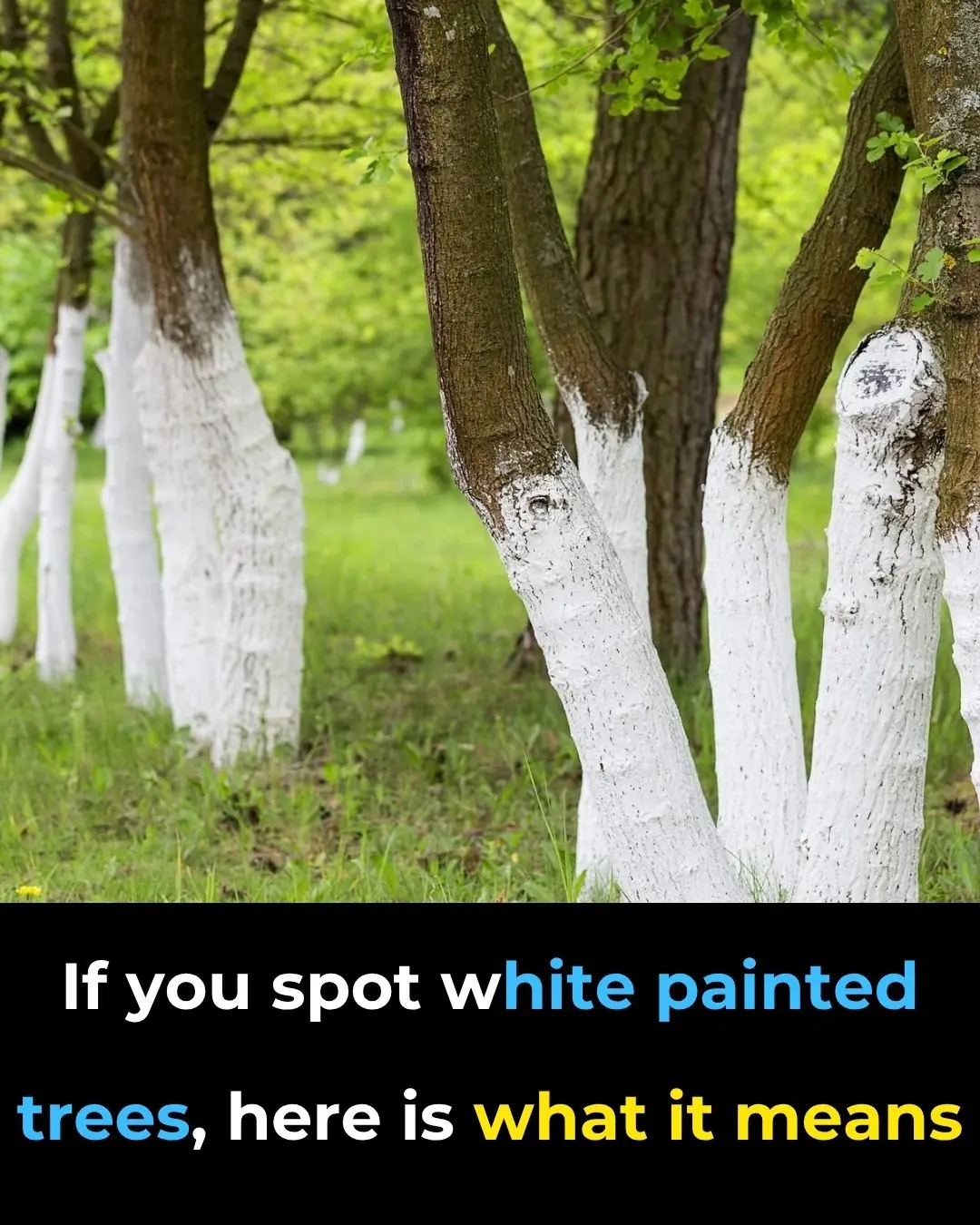
What’s the Reason Behind Painting Trees White?

People Left Disgusted: Shocking Truth About How Crabsticks Are Made

The Purpose of the Overflow Hole in Your Sink You Never Knew

The reason behind children not visiting their parents

Powerball Winner Turns $2 Billion Fortune Toward Rebuilding Fire-Ravaged L.A. Homes

The Astonishing Claim That Humans Might Be Built for 20,000 Years

Signs Your Adult Child May Resent How You Raised Them
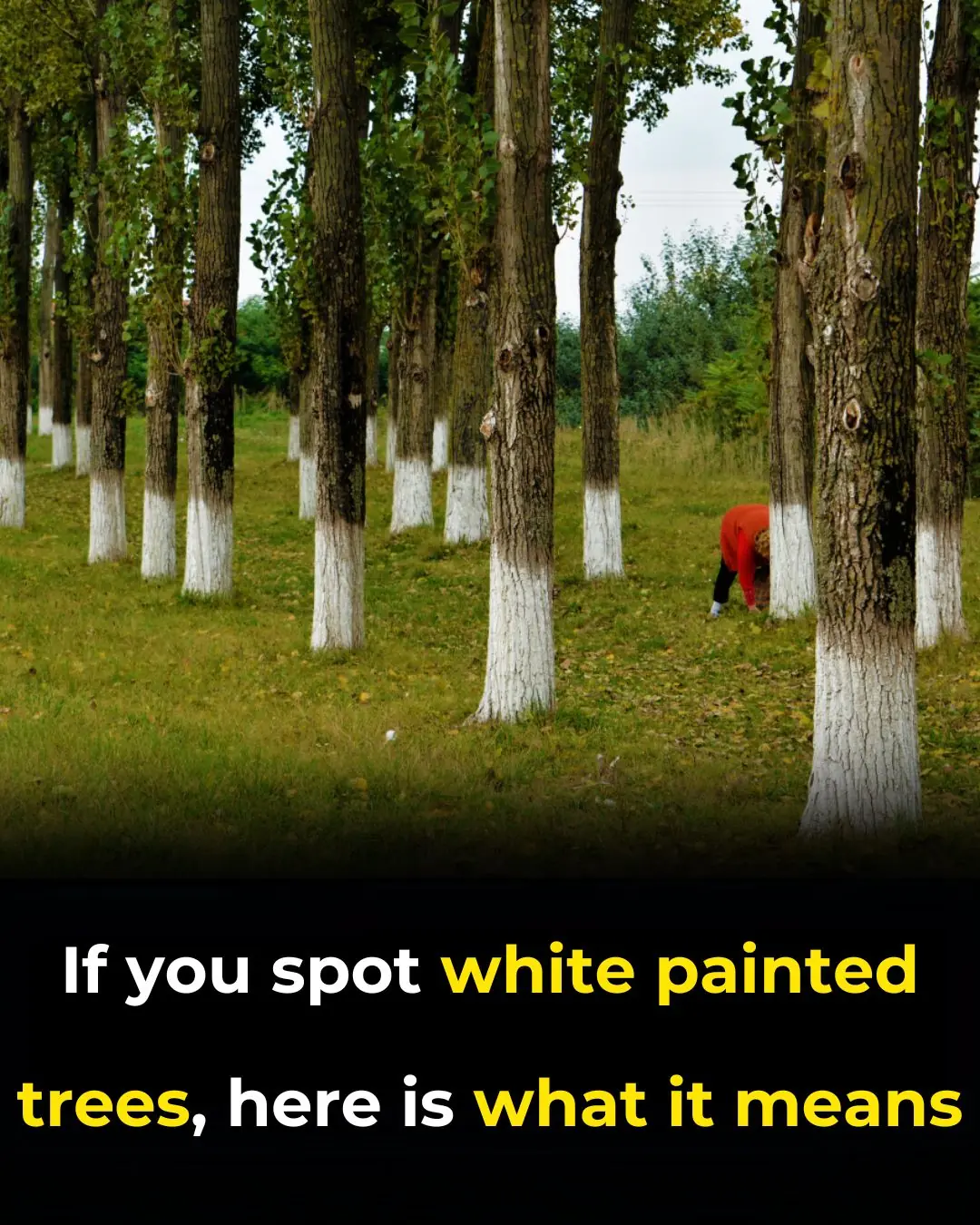
What’s the Reason Behind Painting Trees White?

When ants randomly crawl into the house, here's what the Universe is trying to tell you

6 things in the house that reveal a messy woman

What it means to let your gray hair grow and not dye it, according to psychology
News Post

A Hug That Heals: Rescuing a Traumatized Child

Compassion on the Menu: Argentinian Restaurant Gives Stray Dogs a Place to Belong

Stranded on the Highway — and Then 9 Strangers Changed Everything.

A Long Push, A Quiet Kindness.

Top 3 Natural Remedies for Tooth Decay Using Guava Leaves

Life Skills in Action: How a 14-Year-Old Saved the Day on a Family Road Trip

The Gift of Life: How Blood Donations Save Children Fighting Cancer

The Secret to Perfectly Sweet and Fluffy Boiled Sweet Potatoes: Add Just One Spoon of This!

Surviving the ICU: Carter’s Story of Strength and Grace

A Night to Remember: 19-Year-Old Austin Takes His 89-Year-Old Great-Grandma to Prom

How to Store Fresh Ginger for Up to a Year — No Fridge Needed!

Our Oldest Rescue, Tiger, Crosses the Rainbow Bridge: A Legacy of Love and Hope

Halo’s Second Chance — A Promise of Forever

Why should you put your suitcase in the bathroom when checking into a hotel: Extremely important reason, those who don't know are at a disadvantage

The washing machine accumulates a lot of dirt and bacteria: Pour 1 bowl of this into the washing drum to clean like new, clothes smell fresh right away

Put the phone down on the table, why you should put the screen face down: Know the reason no one wants to do the opposite

Comfrey Fertilizer: The Secret Natural Booster Your Garden Needs
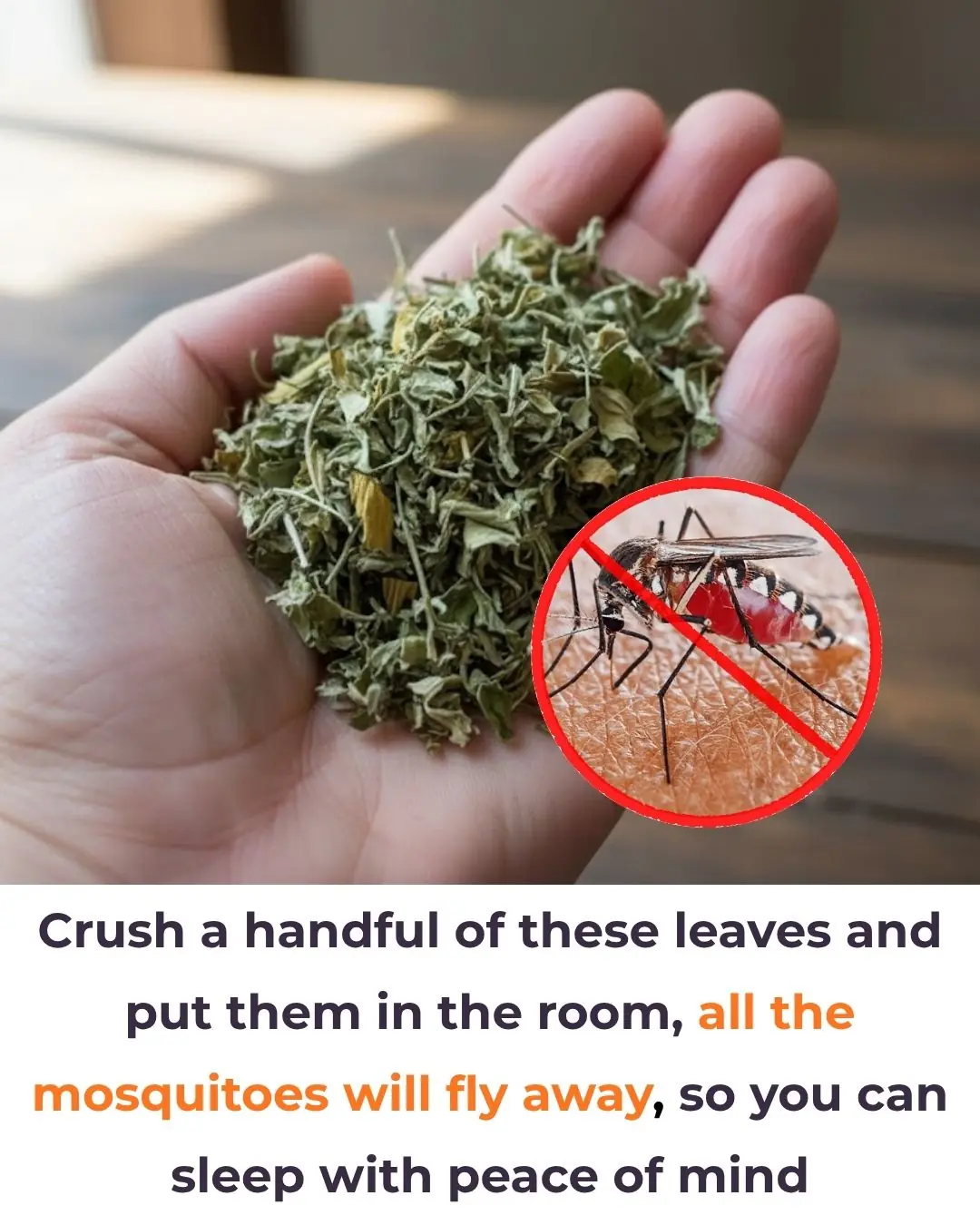
Crush a handful of these leaves and put them in the room, all the mosquitoes will fly away, so you can sleep with peace of mind

Don’t Just Put Shrimp Straight into the Fridge! Do This Extra Step and Keep Shrimp Fresh and Delicious for Up to a Month Without Losing Flavor
